Is induction expensive to operate in California?
lisa02
11 years ago
Related Stories

LIFECould Techies Get a Floating Home Near California?
International companies would catch a big business break, and the apartments could be cool. But what are the odds of success? Weigh in here
Full Story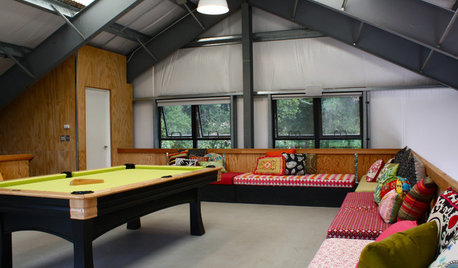
OUTBUILDINGSSee a Party Barn Shaped Like a Game Piece on the California Coast
It hosted 48 for Thanksgiving and has cushions as big as beds. Peek inside a barn that really knows how to party
Full Story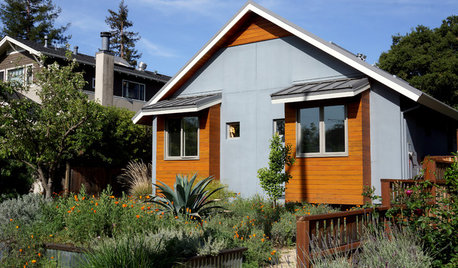
CONTEMPORARY HOMESMy Houzz: Living Simply and Thoughtfully in Northern California
Togetherness and an earth-friendly home are high priorities for a Palo Alto family
Full Story
CALIFORNIA GARDENINGCalifornia Gardener's May Checklist
Only one major chore but a plethora of planting possibilities means a delightful month in California gardens
Full Story
DECORATING GUIDESCalifornia Law: License to Practice Interior Design?
A proposed bill that would require a license to practice interior design in California has Houzzers talking. Where do you stand?
Full Story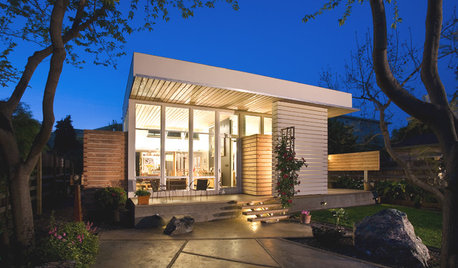
HOUZZ TOURSHouzz Tour: A Modern Addition Joins a Historic California Home
Two design pros give their century-old home extra breathing room while boosting its energy efficiency
Full Story
MIDCENTURY HOMESHouzz Tour: How Can We Get Invited to This Awesome Midcentury Home?
A redwood-clad gem in California’s Marin County features a dreamy outdoor oasis with an open-door policy for the homeowners’ friends
Full Story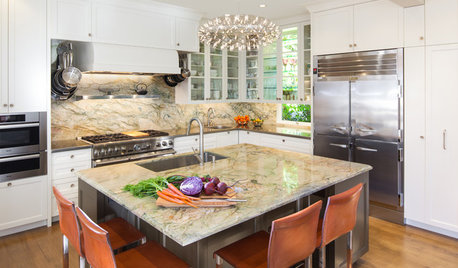
KITCHEN DESIGNKitchen of the Week: Elegant Updates for a Serious Cook
High-end appliances and finishes, and a more open layout, give a home chef in California everything she needs
Full Story
MOST POPULARHouzz Tour: Going Off the Grid in 140 Square Feet
WIth $40,000 and a vision of living more simply, a California designer builds her ‘forever’ home — a tiny house on wheels
Full Story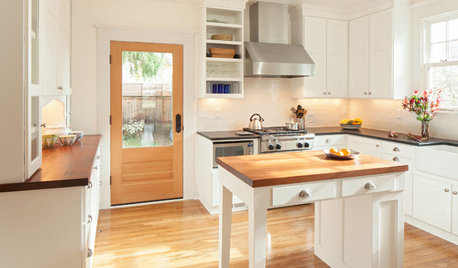
SELLING YOUR HOUSEHow to Stage Your Kitchen for a Home Sale
Attract buyers with a kitchen that’s clean, bright and welcoming — no expensive overhaul required
Full StoryMore Discussions







attofarad
chac_mool
Related Professionals
Cuyahoga Falls Kitchen & Bathroom Designers · Martinsburg Kitchen & Bathroom Designers · Northbrook Kitchen & Bathroom Designers · Sun City Kitchen & Bathroom Designers · Crestline Kitchen & Bathroom Remodelers · Creve Coeur Kitchen & Bathroom Remodelers · Linton Hall Kitchen & Bathroom Remodelers · Pasadena Kitchen & Bathroom Remodelers · Payson Kitchen & Bathroom Remodelers · Vashon Kitchen & Bathroom Remodelers · Oakland Park Cabinets & Cabinetry · Roanoke Cabinets & Cabinetry · Wadsworth Cabinets & Cabinetry · White Center Cabinets & Cabinetry · Worcester Plumberslive_wire_oak
lalithar
dodge59
lisa02Original Author
Fori
chas045
weedmeister
jakkom